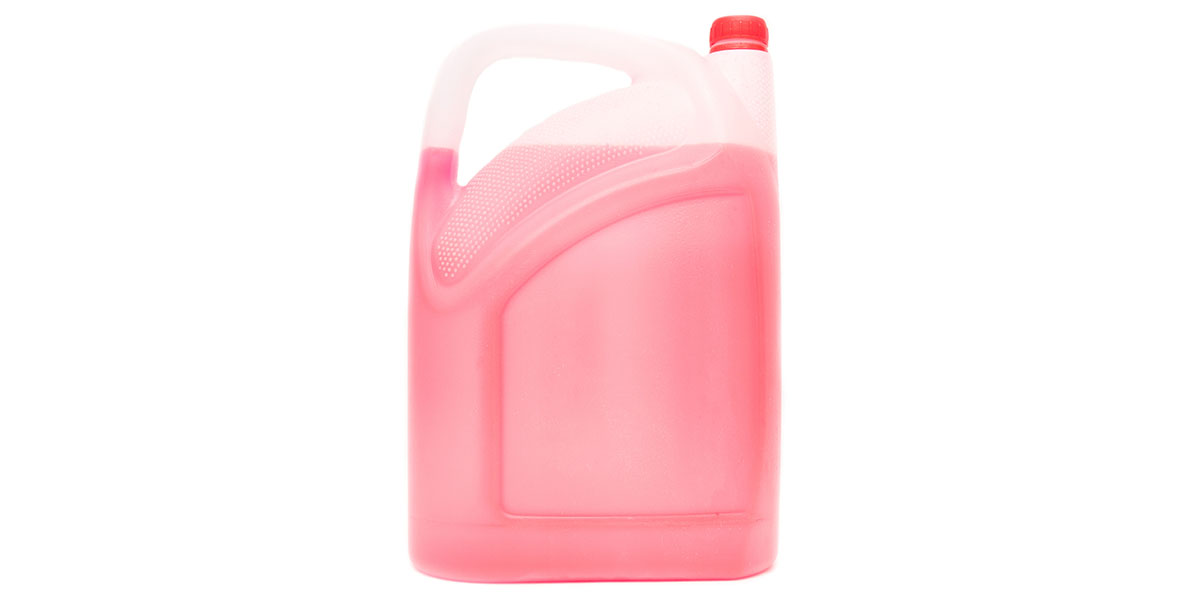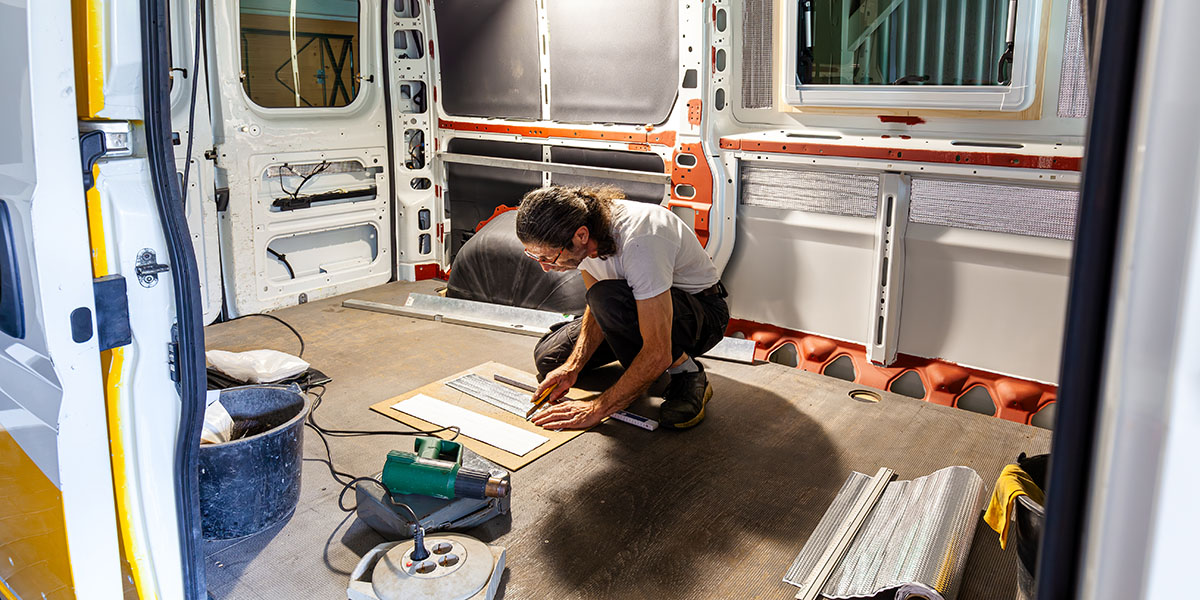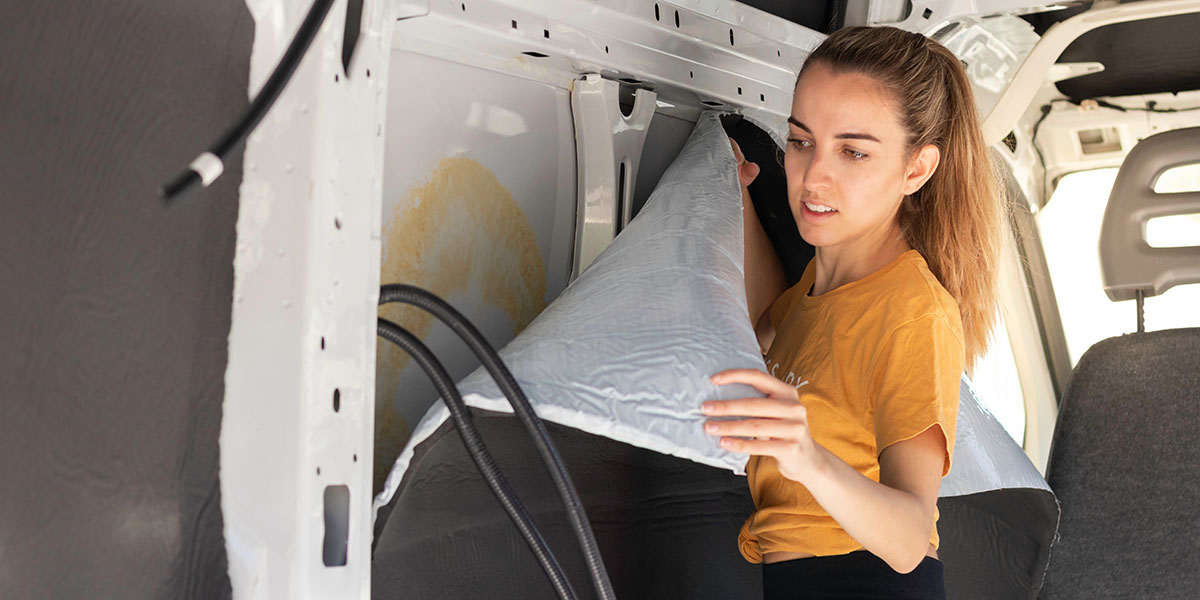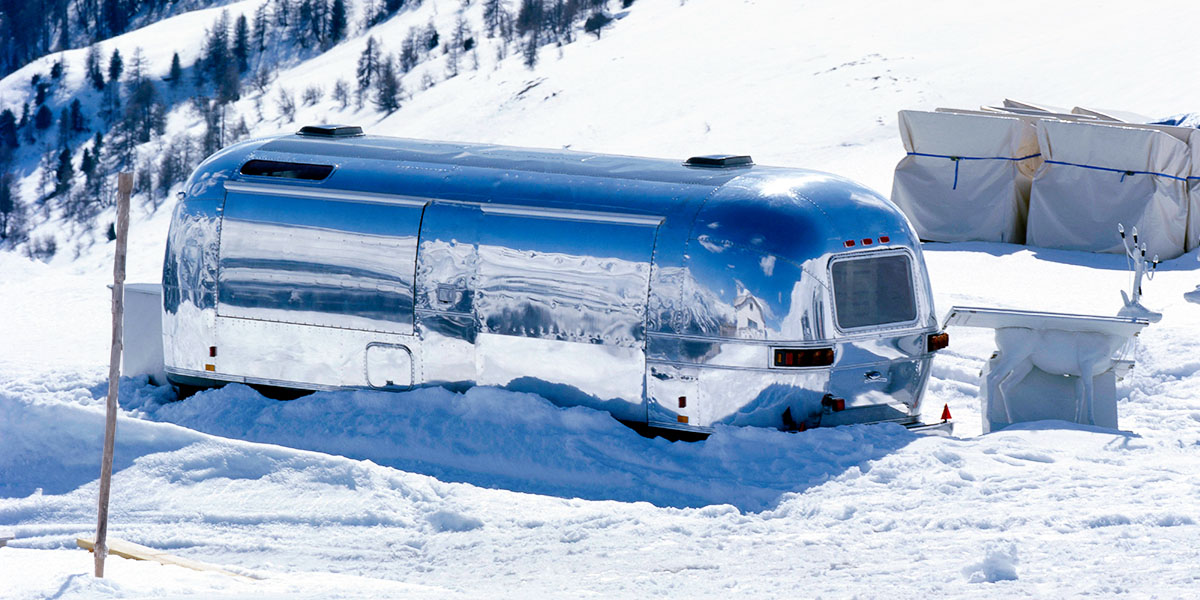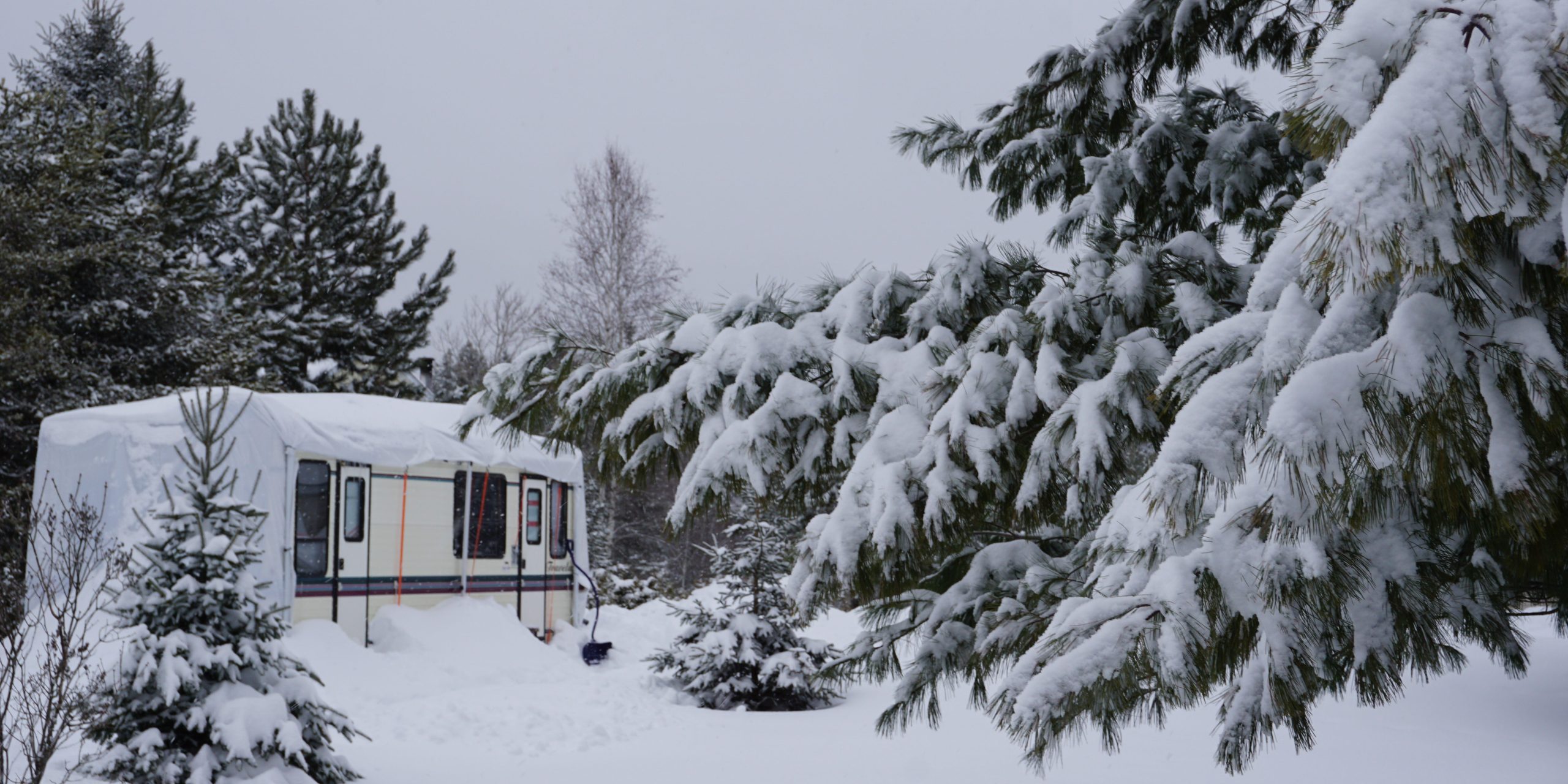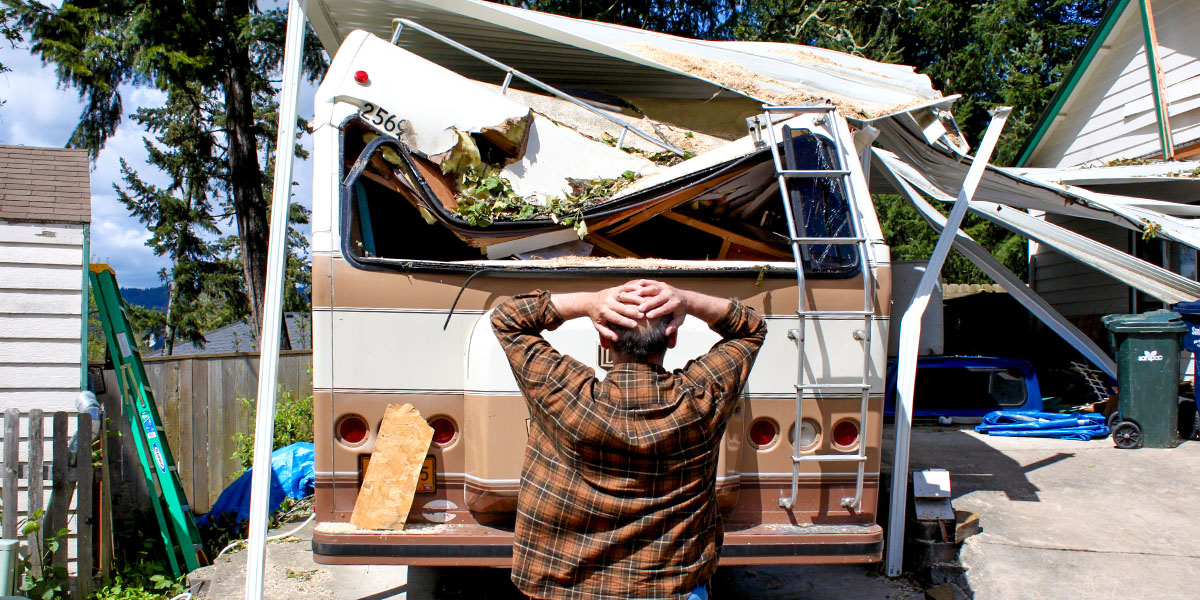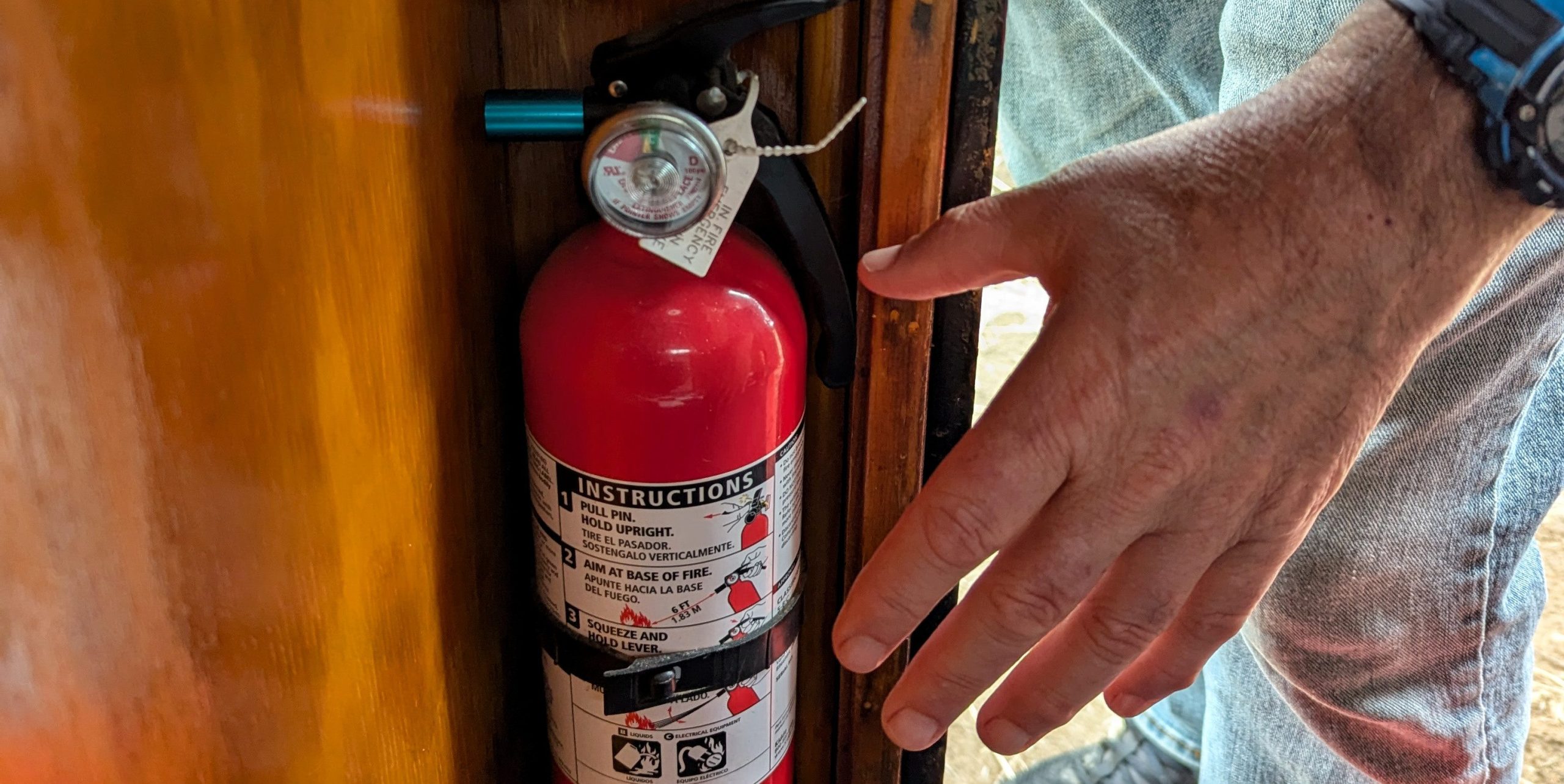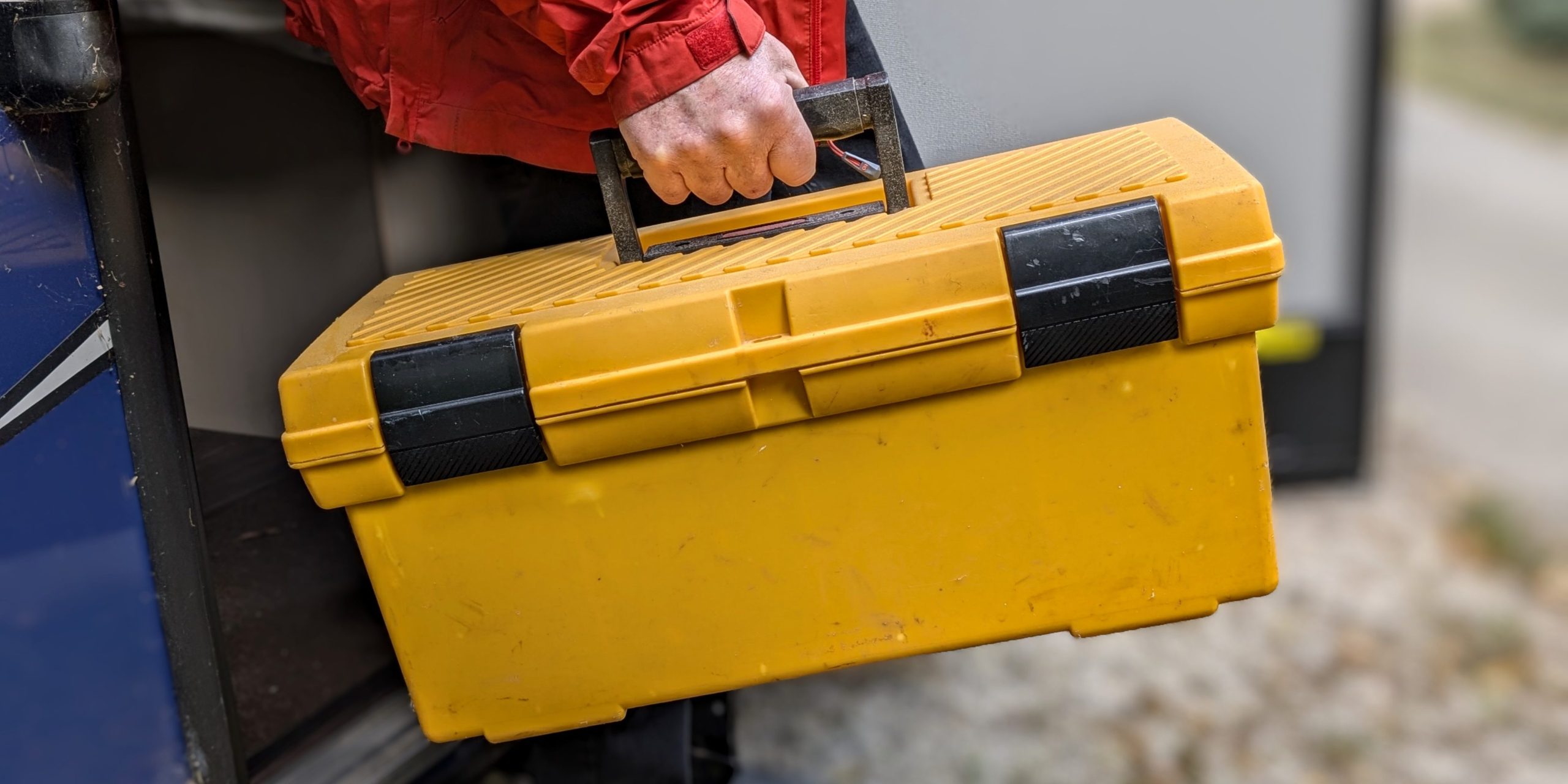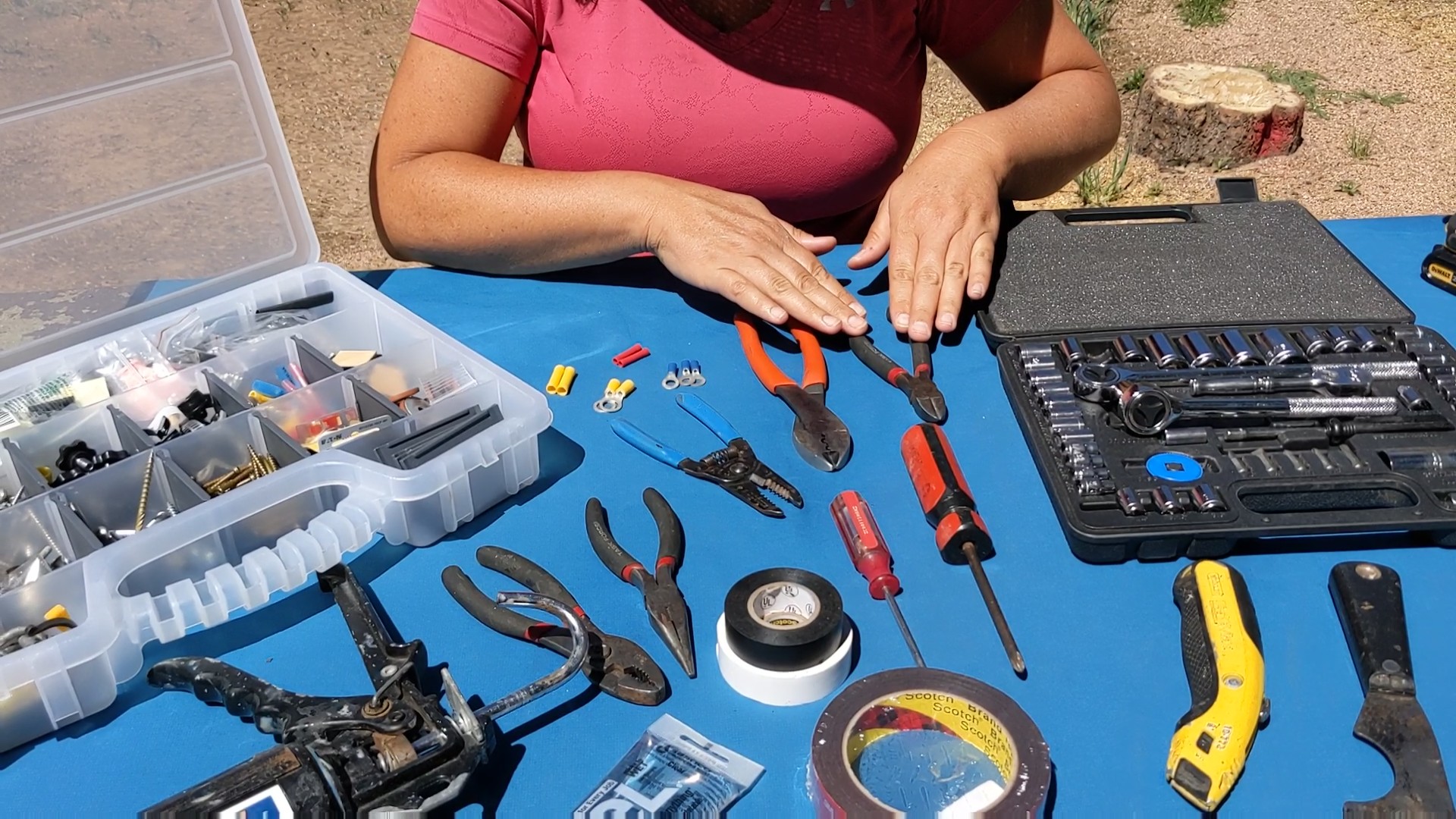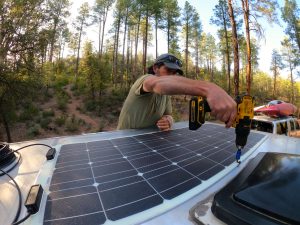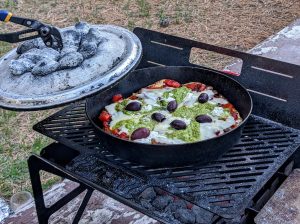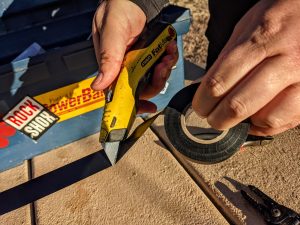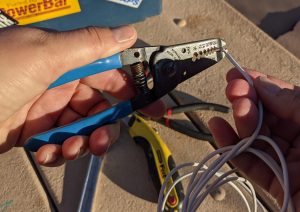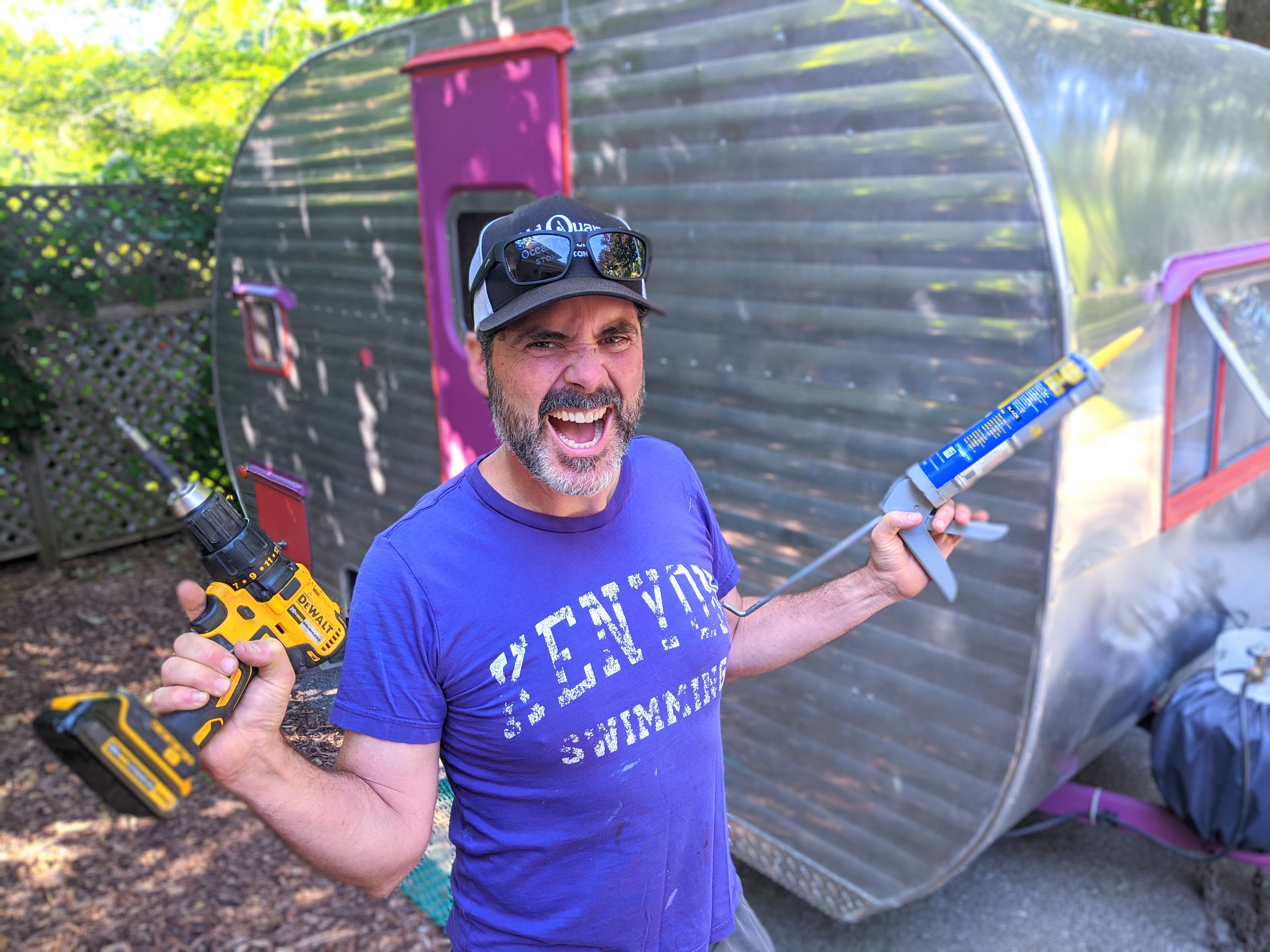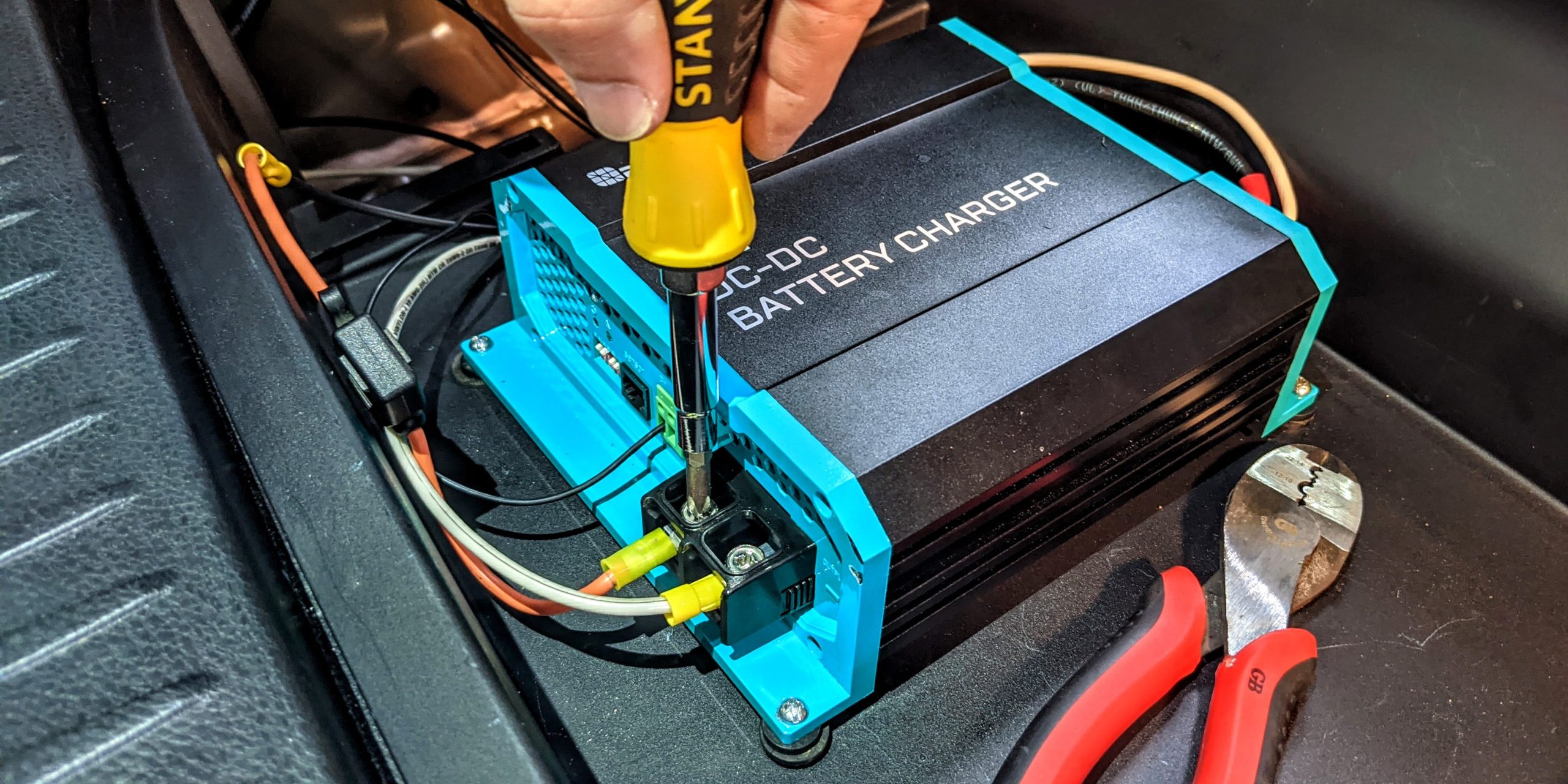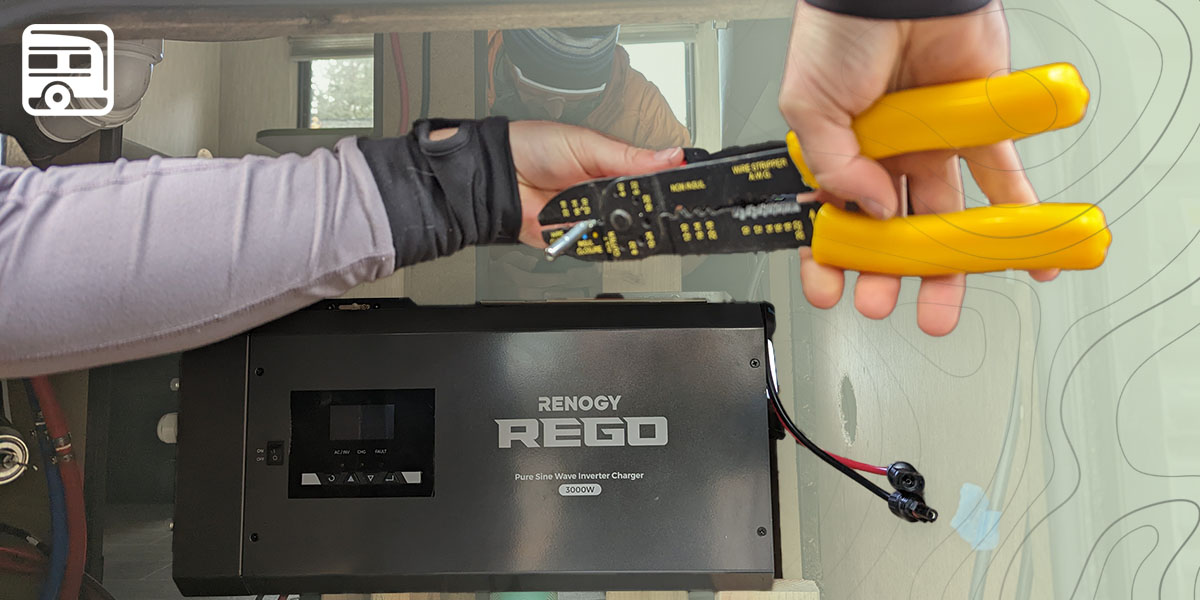Colder weather is already approaching. (And in many cases it’s already here. That means it’s time to start thinking about winterizing your RV to protect it from freezing temperatures. One of the most critical tasks involved in preparing your RV for winter’s onslaught is using RV antifreeze to keep water from freezing in the pipes and bursting them.
In this guide, we’ll delve into everything you need to know Starting with what it is (and is not), we’ll share when, why, and how you should use it to protect your RV’s plumbing system this winter.
What RV Antifreeze Is — and What It Isn’t
You’ve probably seen jugs of pink stuff in the RV maintenance section of your local RV parts or hardware store. Although RV antifreeze is usually found alongside automotive antifreeze, always remember: Even aside from it’s usual pink color, it’s very different from automotive antifreeze. RV antifreeze is formulated with propylene glycol and is made to be nontoxic. Automotive antifreeze, on the other hand, is very toxic because it’s made with ethylene glycol. That’s because the two have very different purposes. And the differences between RV and automotive antifreeze don’t end with toxicity.
Let’s be clear: RV and automotive antifreeze aren’t interchangeable at all. RV antifreeze was formulated specifically for use in plastic RV plumbing components. It even acts as a lubricant for the RV toilet seal. But’s not for use in your car, because propylene glycol just doesn’t have the necessary properties to allow it to regulate engine temperature.
Conversely, automobile antifreeze is specially formulated to help regulate the temperature of vehicle engines no matter what the ambient temperature is. And even more ephartically, you would never want to use automotive antifreeze in RV plumbing because it’s highly toxic. And that’s not all. Automotive antifreeze is also corrosive to plastic and rubber. That means instead of protecting RV plumbing, automotive antifreeze destroys it.
RV Antifreeze Is Not Safe for Consumption
Even though RV antifreeze is technically nontoxic, you should avoid consuming it. Even though propylene glycol is used in minute amounts in processed foods, RV antifreeze is not considered safe for consumption. At least not beyond the trace amounts you ingest when you use it as intended. That being said, after you drain all the antifreeze out of your pipes, the freshwater coming out of your RV faucets will be safe to drink.
Why It’s Necessary for Winterization
Water is one of very few substances that expands as it freezes. That means water that freezes in your RV pipes also expands as it transforms into a solid. This expansion is enough to burst pipes and fittings, creating leaky plumbing and water damage as well as moisture related problems like mold.
Water freezes at 32 degrees Fahrenheit. Contrastingly, RV antifreeze doesn’t freeze until the ambient temperature is a very chilly negative 50 degrees Fahrenheit and doesn’t expand when it finally freezes. Unlike water, instead of expanding into an RV pipe destroying solid form, RV-specific antifreeze freezes into a semi-liquid slush that’s harmless to plumbing. You can probably see why it makes sense to get all the water out of your RV plumbing system and replace it with the pink stuff.
What About Environmental Concerns?
As you’re probably aware, automotive antifreeze has multiple and significant negative environmental impacts. First of all, it’s highly toxic to every living organism, including the bacteria in sewage systems. Automotive antifreeze is so bad for the environment that it’s considered a hazardous material. That being the case, most communities have laws regarding how to dispose of automotive antifreeze.
On the other hand, RV antifreeze is considered non-toxic and breaks down quickly when introduced to a sewage system or water supply. That means when you flush it out of your RV plumbing when spring rolls around, it can go down the drain at the dump station.
How Much Do You Need for RV Winterization?
When it comes to RV antifreeze, most RVs don’t need a lot. Many RVs only require one or two gallons of RV antifreeze to protect the entire plumbing system. But it really depends on the size of your rig. So, if you have a larger RV with multiple bathrooms you may need as much as five gallons.
Where to Buy This Magical Stuff
RV antifreeze is easy to find. It’s readily available from RV supply stores, automotive stores, and hardware stores as well as from online retailers. Here’s a brief list of some of the places where you’ll find RV antifreeze: Amazon, Tractor Supply, Walmart, and Home Depot.
How To Use It to Winterize Your RV
It’s essential to winterize your RV when it will be in storage for the winter months or only used occasionally during that time. Winterizing your plumbing system means draining out all the water and replacing it with RV antifreeze.
Prepping Your Plumbing System
- Disconnect from city water and make sure the hot water tank has been turned off overnight.
- Empty the majority of water from the plumbing system. With the pump on, turn a faucet on and pump all the water from the freshwater tank and most of the water from the plumbing system. Flush the toilet too. Turn the pump off.
- Empty the black tank and gray tank.
- Drain the outside shower hose.
- Open the low point drains beneath the RV.
- Drain the hot water tank by opening the pressure relief valve and remove the drain plug or anode rod.
- Open the drain valve under the freshwater tank to drain all the water from it.
- Optional step: Connect an air compressor to the city water connection and blow any remaining water out. While this is preferable, it’s not absolutely necessary.
- Close all the valves
- Find the bypass valves for the water heater and close it to prevent antifreeze from entering the water heater. There will be an intake valve and an outlet valve-both should be closed.
Applying RV Antifreeze
- Locate the water pump intake and ensure that it has an antifreeze syphon hose connected. Many RVs have one installed, but if yours doesn’t simply replace the freshwater line with a siphon hose.
- Open the siphon hose valve and close the valve that allows water to flow from the freshwater tank.
- Insert the siphon hose into a bottle of RV antifreeze.
- Turn the pump on.
- Open the cold water at the kitchen faucet and close it after pink fluid comes out. Now open the hot water and wait until pink antifreeze comes out before closing it. Repeat these steps with each faucet in the RV, including the indoor and outdoor shower.
- Flush the toilet until pink antifreeze runs into the bowl. Leave antifreeze in the bowl to help condition the seal at the bottom of the bowl.
- Turn the pump off.
- Pour a little antifreeze down each drain in the RV to prevent the the P trap from freezing.
- Drain the pump by finding two hoses located near it underneath the RV and opening them. Leave them open until you see RV antifreeze draining from them.
- Dump any leftover antifreeze into the toilet, as well as the sink and shower drains.
Final Thoughts on the Pink Stuff
RV antifreeze is crucial for protecting your RV’s plumbing system from freezing while your RV is in storage over winter. RV winterization is easy and can often be done in under 30 minutes, even on a large RV. If you really want to go the extra mile with RV winterization, you’ll want to blow every last bit of water out of your plumbing with an air compressor before pumping RV antifreeze into it. In spring, winterization is as easy as connecting to city water and turning on the faucets until no pink comes out.
